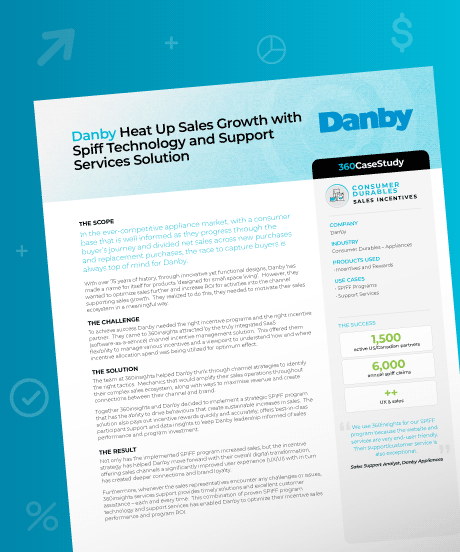Dividing a company's customers into distinct groups based on shared attributes, behaviors, or needs is the essence of Customer Segmentation. This approach allows businesses to customize their strategies, products, and communications to align with the specific needs of each group.
Key components of customer segmentation include:
- Identifying segmentation criteria (demographics, geographic location, psychographics, or behaviors)
- Collecting and analyzing data to understand customer patterns and preferences
- Organizing customers into relevant groups based on common characteristics
- Developing targeted strategies for marketing, sales, or product development
In practice, businesses use customer segmentation to deliver personalized marketing campaigns, design products that better meet customer needs, and allocate resources more efficiently. For example, a consumer durables company might segment customers based on purchase history to offer tailored discounts to frequent buyers.
Customer segmentation is vital for improving customer satisfaction, increasing marketing effectiveness, driving higher conversion rates, and ultimately boosting revenue and brand loyalty.
We Build Partnerships that Last

Case Study
Manufacturing: Danby Accelerating Performance with SPIFFs
Appliances manufacturer Danby was looking to motivate its sales ecosystem in a meaningful way.
Together with 360insights, a channel strategy was developed and the right tactics were identified that would amplify their sales operations throughout their complex sales ecosystem, along with ways to maximize revenue and create connections between their channel and brand.
Discover how, with the right incentives program in place and an awareness of how and where it was allocating incentive spend, Danby was able to effectively optimize that spend to increase ROI.
